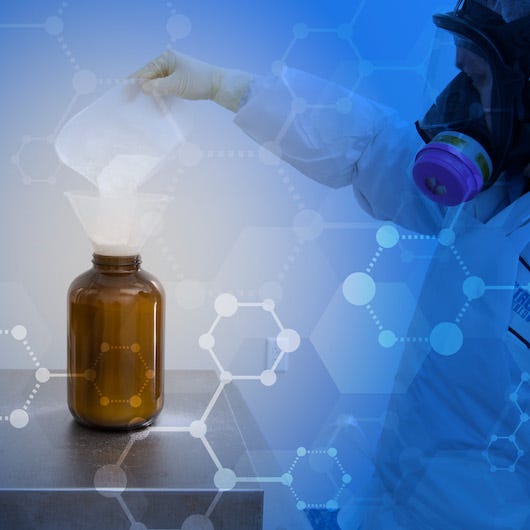When it comes to the world of gemstones, few topics ignite as much passion and debate as the sparkle of diamonds. The allure of these precious stones is not merely in their rarity but also in their ability to refract light, creating a dazzling display that captivates the eye. However, a question often arises among gem enthusiasts and potential buyers alike: do natural diamonds truly sparkle more than synthetic diamonds? In this article, we will delve into the science of diamond sparkle, the factors that influence it, and how natural diamonds compare to their lab-grown counterparts.
Understanding Diamond Sparkle: The Science Behind Brilliance
To comprehend the sparkle of diamonds, one must first understand the concepts of brilliance, fire, and scintillation.
- Brilliance refers to the amount of white light reflected from the diamond. This is primarily influenced by the diamond's cut, which determines how light enters and exits the stone.
- Fire is the dispersion of light into its spectral colors. A well-cut diamond will exhibit a rainbow of colors when light hits it at the right angles.
- Scintillation is the sparkle that occurs when the diamond moves, creating flashes of light and dark. This effect is also heavily influenced by the cut and the arrangement of facets.
The interplay of these three elements creates the overall sparkle of a diamond, and the quality of each can vary significantly based on several factors, including the diamond's origin.
Natural Diamonds vs. Synthetic Diamonds: A Comparative Analysis
Natural diamonds are formed over billions of years under extreme pressure and temperature deep within the Earth's mantle. Their unique formation process contributes to their distinct characteristics. On the other hand, synthetic diamonds, created in laboratories through High Pressure High Temperature (HPHT) or Chemical Vapor Deposition (CVD) methods, can replicate many of the physical properties of natural diamonds, including hardness and clarity.
- Cut Quality and Sparkle
The cut of a diamond is arguably the most critical factor influencing its sparkle. Both natural and synthetic diamonds can be cut to high standards, but the artistry involved in cutting a natural diamond often reflects the gem cutter's experience and intuition, which can lead to superior light performance. Natural diamonds may exhibit unique inclusions and imperfections that can enhance their character and light interaction, potentially leading to a more captivating sparkle.
- Clarity and Color
Natural diamonds often possess unique inclusions that can affect their clarity and, consequently, their sparkle. While synthetic diamonds can be created with fewer inclusions, the presence of these natural imperfections can sometimes enhance the visual appeal of a diamond. Additionally, the color of a diamond can influence its sparkle; diamonds with a slight tint may reflect light differently than their colorless counterparts, adding to their overall brilliance.
- Perception and Emotional Value
Beyond the physical properties, the perception of sparkle is also influenced by emotional and psychological factors. Many consumers believe that natural diamonds carry a unique story and history that synthetic diamonds cannot replicate. This emotional connection can enhance the perceived sparkle of a natural diamond, making it more desirable in the eyes of the beholder.
The Role of Light and Environment
The environment in which a diamond is viewed can significantly impact its sparkle. Natural diamonds, often set in high-quality jewelry, may be exposed to various lighting conditions that enhance their brilliance. Conversely, synthetic diamonds, while capable of achieving similar sparkle under controlled conditions, may not always be showcased in the same way.
Conclusion: The Final Verdict
So, do natural diamonds sparkle more than synthetic diamonds? The answer is nuanced. While both types of diamonds can exhibit exceptional brilliance and fire, the unique characteristics of natural diamonds, combined with the artistry of their cut and the emotional value they carry, often lead to a perception of greater sparkle. Ultimately, the choice between a natural and a synthetic diamond will depend on individual preferences, values, and the specific qualities one seeks in a gemstone.

